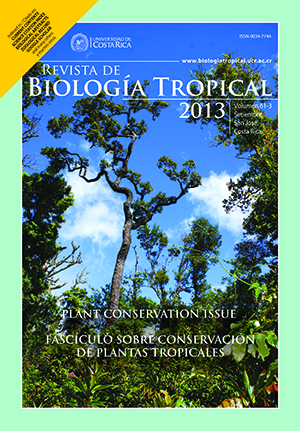Abstract
In the Colombian Caribbean, the marine macroalgal flora of the Seaflower International Biosphere Reserve has been little studied, despite its ecological importance. Historical records have reported only 201 macroalgae species within its area of almost 350 000km2. However, recent surveys have shown a diversity of small algae previously overlooked. With the aim to determine the macroalgal diversity in the Reserve, we undertook field surveys in different ecosystems: coral reefs, seagrass beds, and rocky and sandy substrates, at different depths, from intertidal to 37m. During these field surveys, we collected a small described species belonging to the genus Crouania (Callithamniaceae, Rhodophyta), Crouania pumila sp. nov. that is decribed in this paper. This new species was distinguished from other species of the genus by a distinctive suite of traits including its diminutive size (to only 3.5mm in length), its decumbent, slightly calcified habit (epiphytic on other algae), its ramisympodial branching, the ecorticate main axes, and the elongate shape of the terminal cells of the cortical filaments. The observations were provided for both female (cystocarpic) and tetrasporangiate thalli; however, male thalli were not seen. Further studies have to be undertaken in this Reserve in order to carry out other macroalgal analysis and descriptions.##plugins.facebook.comentarios##
Downloads
Download data is not yet available.


